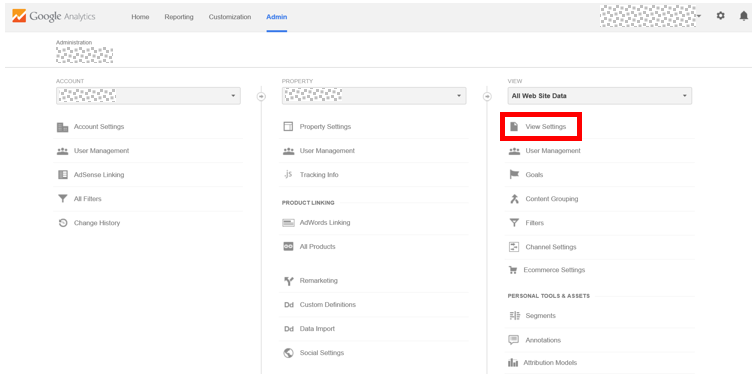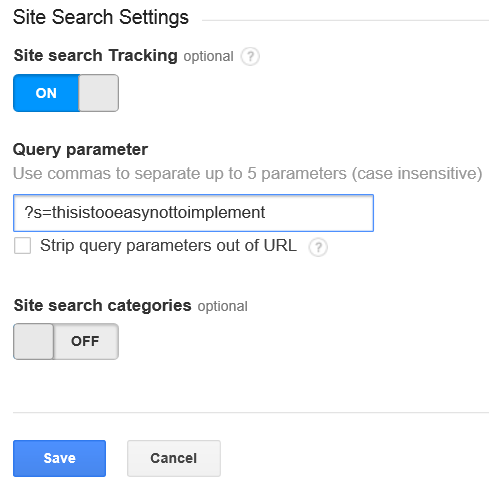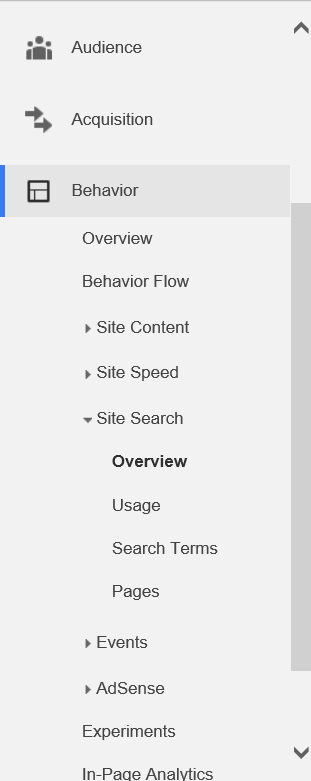Businesses pay a lot of money to figure out what people want from them and/or their industry. Even with that research, businesses can still miss the mark on what they deliver and how they deliver it. What a lot of these businesses don’t realize is that gaining insight into the true intentions of many users on their website is just hiding in plain sight, waiting to be capitalized upon.
You may have noticed that many sites have their own internal search box to provide you a way to quickly and easily find information that may not be readily apparent. Have you ever thought about the fact that all of this can be tracked? Have you thought about what this information really means?
These site search queries are basically users (read: people who want to consume what you offer, whether it be information or concrete products) telling you what they expect to find on your site, in their own words!
How You Can Use This Information For Insight
The first step is to understand what percentage of user sessions are resulting in someone using the search box. A high percentage may indicate that you need to consider reconfiguring your site/information. One of the primary ways in which internal site search analysis can help your business is by understanding which content on the site users are having a difficult time finding. When a user clicks through to your site, they expect to see certain information. Using the site search box is a strong indicator that the information they were expecting to find was not intuitive or easily accessible. This is a strong signal that your site architecture and navigation needs to be updated; once you’ve identified certain keyword trends, make it easy for your users to find that information.
Another way in which this information can be used is to identify gaps/opportunities within your content. If there are numerous searches around a product you offer but do not feature on the site, then it’s time to highlight that! They want it, you have it, make it easy for them to convert. Build out content around that product and feature it on your website. If they are searching for a product you do not offer, then consider a conversation around what it would take to create that product/information and present it to your users.
How to Set it Up In Google Analytics
1) Log into your account in Google Analytics. Click the “Admin” tab.
2) Click “View Settings” under View.
3) Find “Site Search Settings” at the bottom of the page.
- Turn to “On”
- Enter the query parameter that appears in your URLs through site search
- Save
4) Find Your Data
- Reporting > Behavior > Site Search
Once you have this set up, be prepared to gain a lot more insight into the true intent of users visiting your site…and be prepared to make the changes necessary to facilitate their desire to convert. If you have any questions or issues while setting this up, contact us and we’d be more than happy to help you out.








